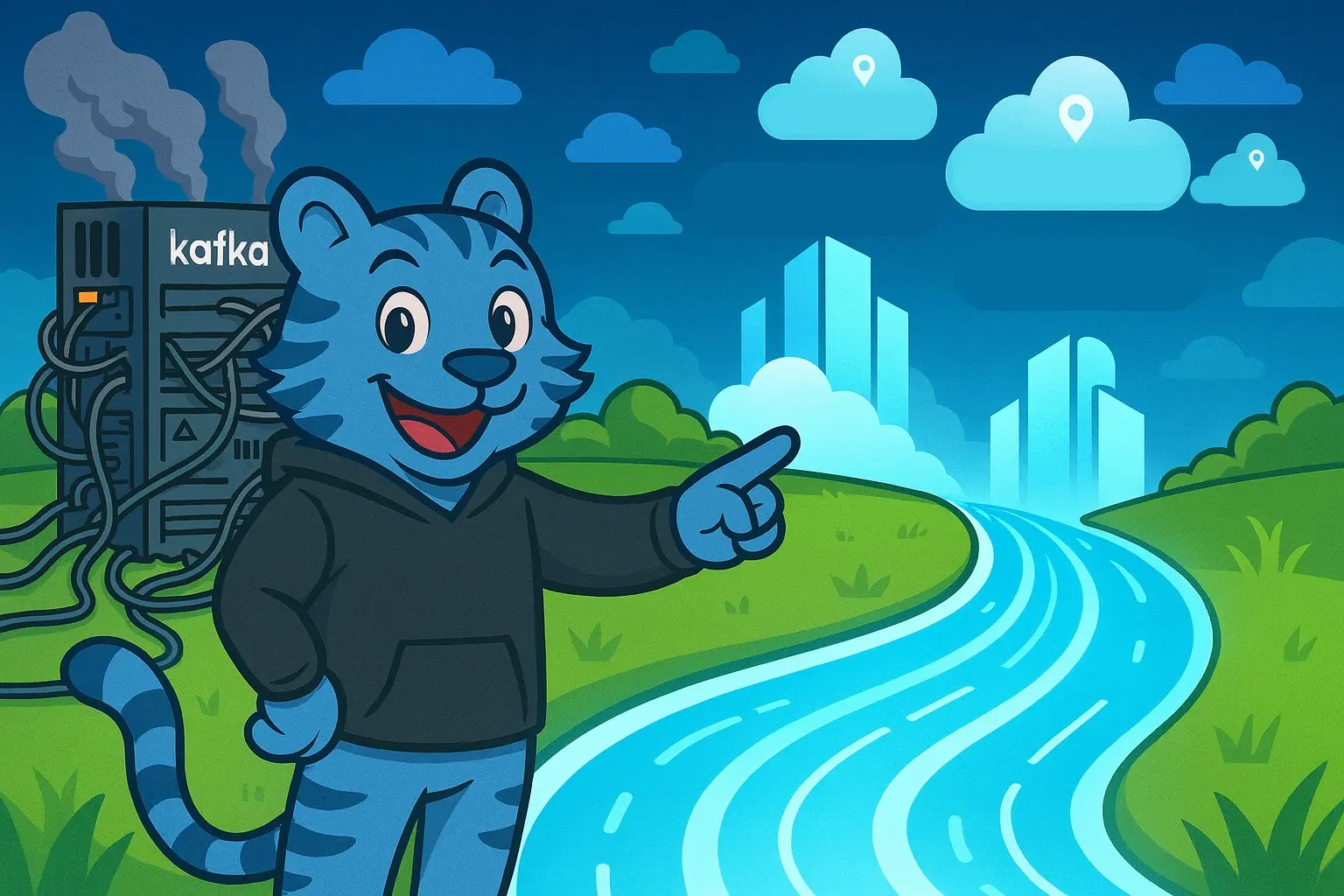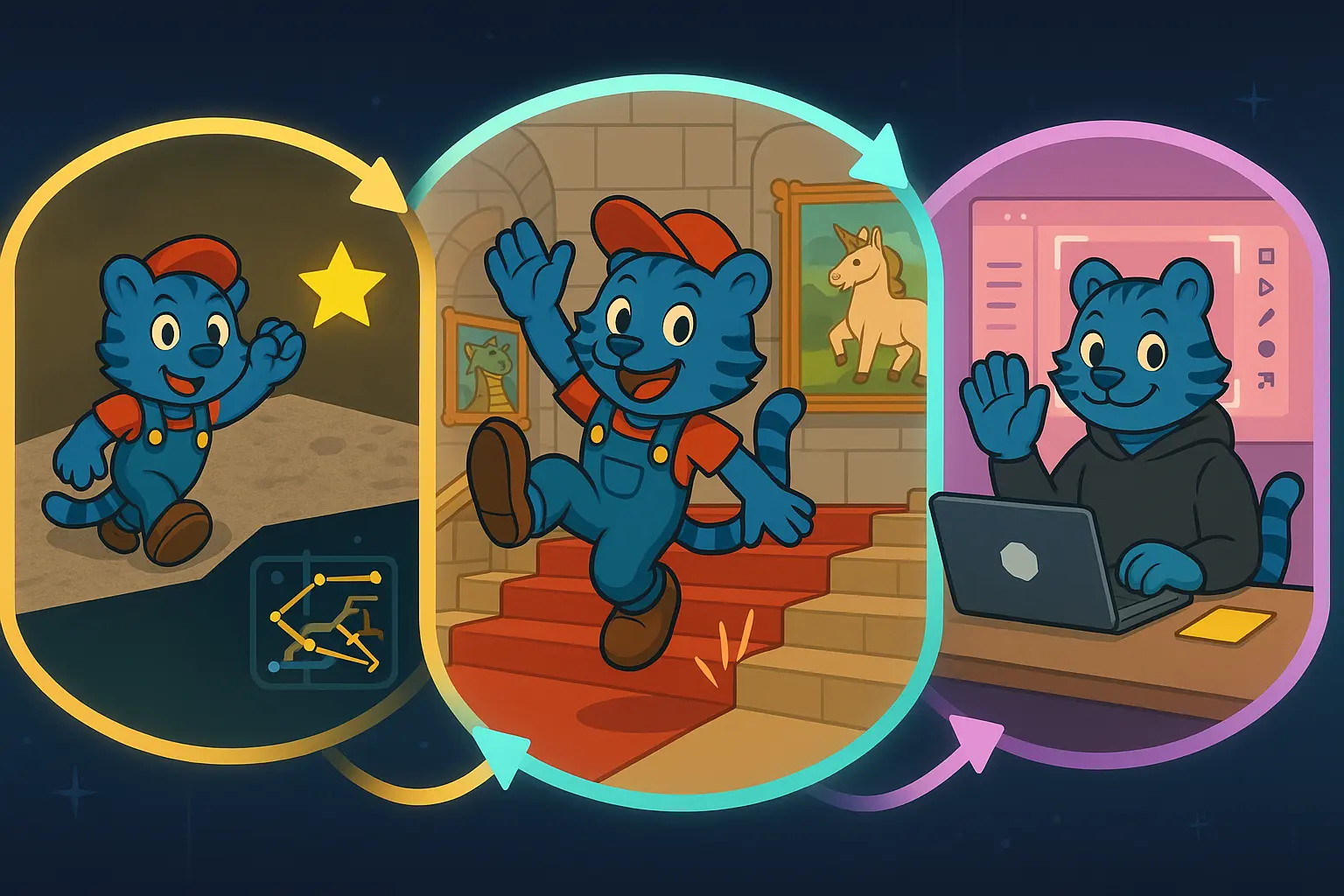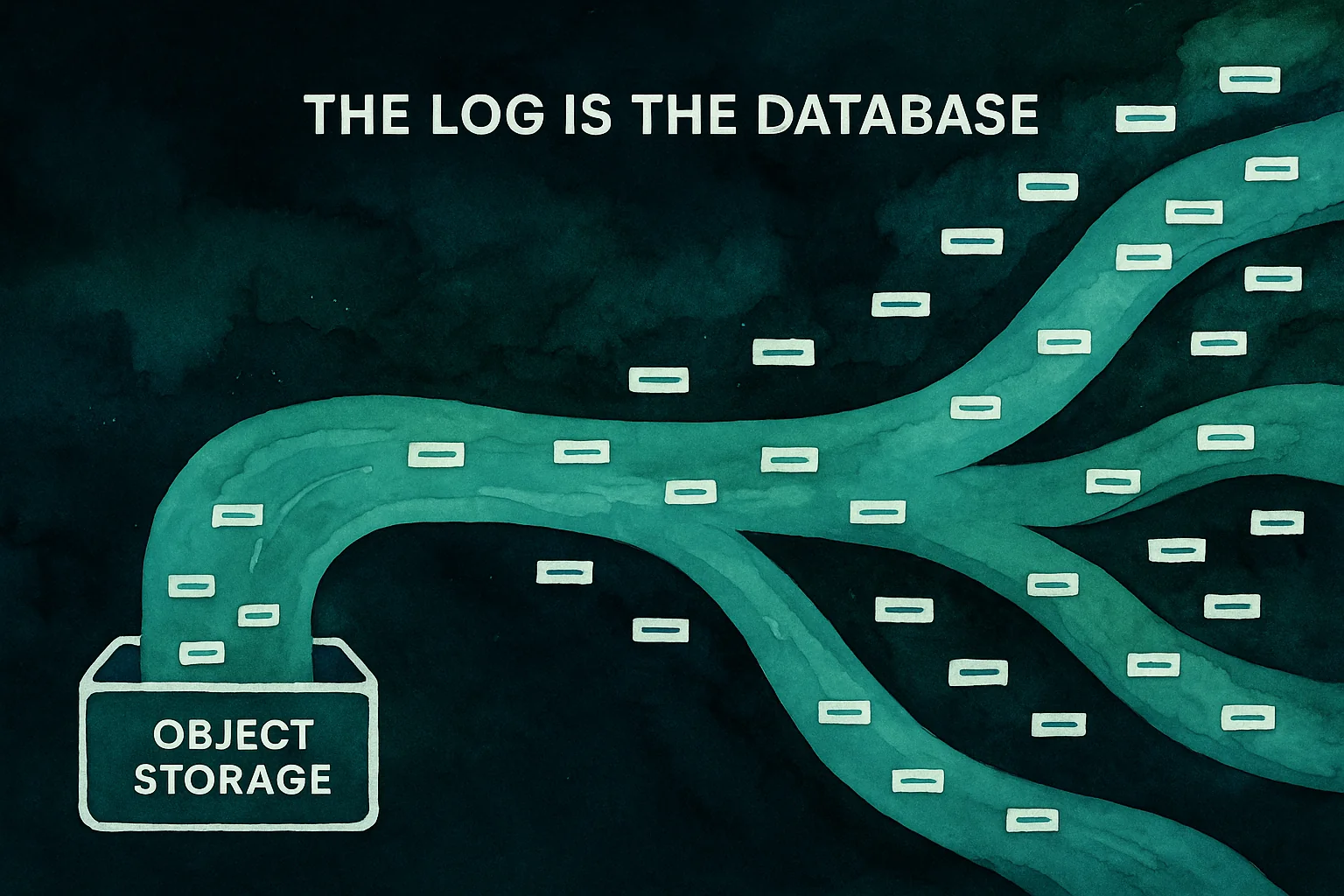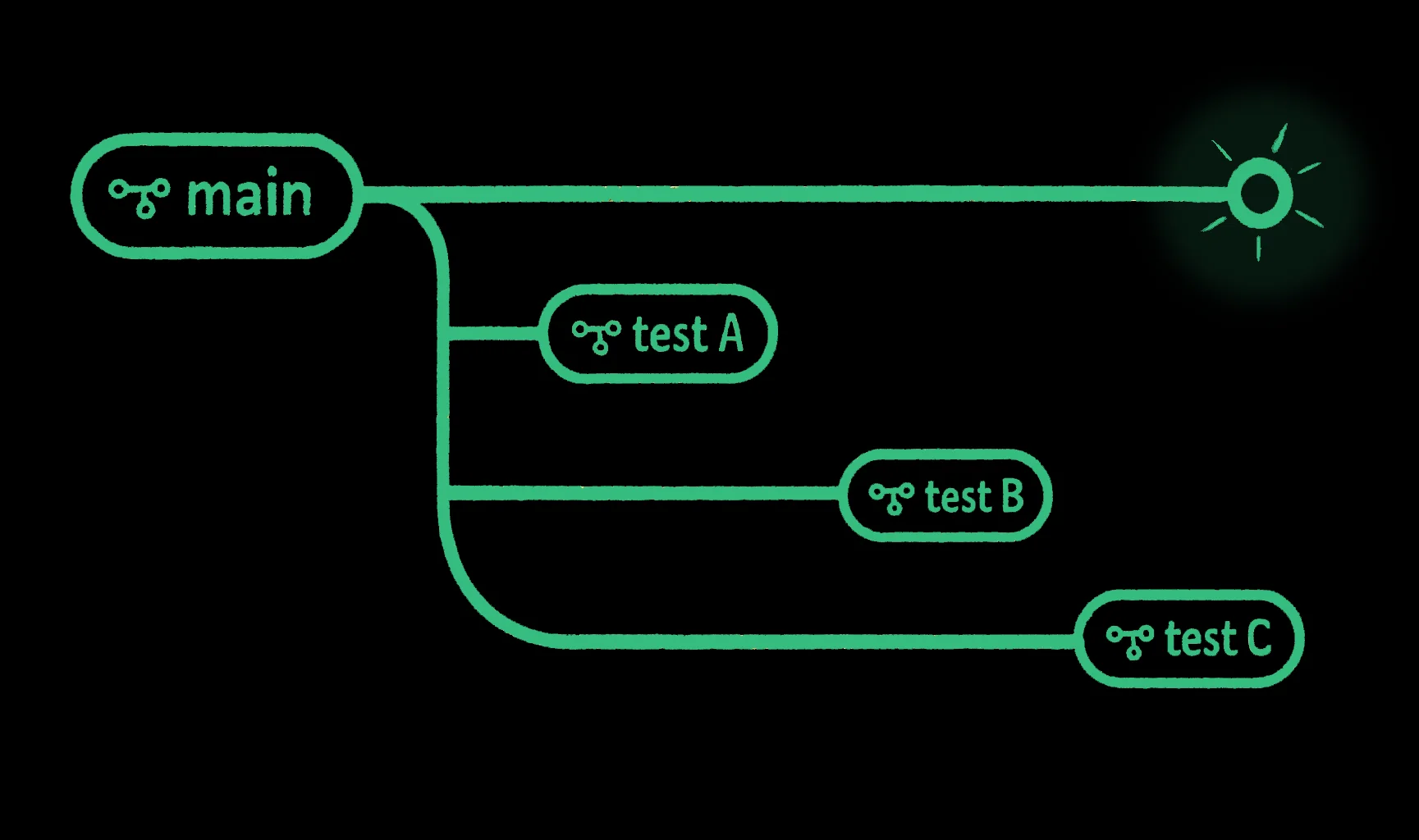 Tigris' MCP Server Goes Global
Tigris' MCP Server Goes Global
Tigris' hosted MCP server is now globally available, simplifying integration into AI workflows like ChatGPT, Claude, and agentic coding. Benefit from no installation, OAuth security, and support for multiple Tigris organizations.
5 min read







